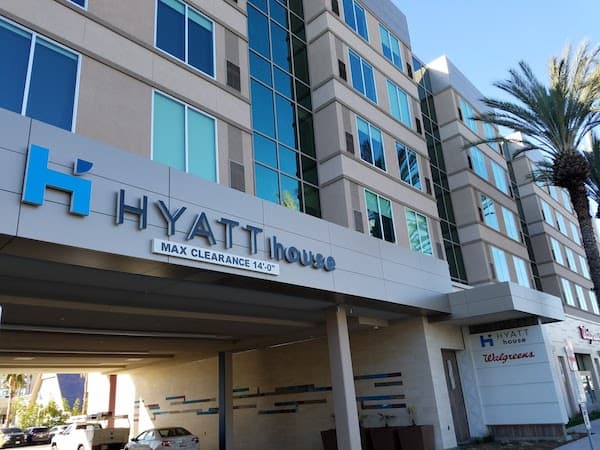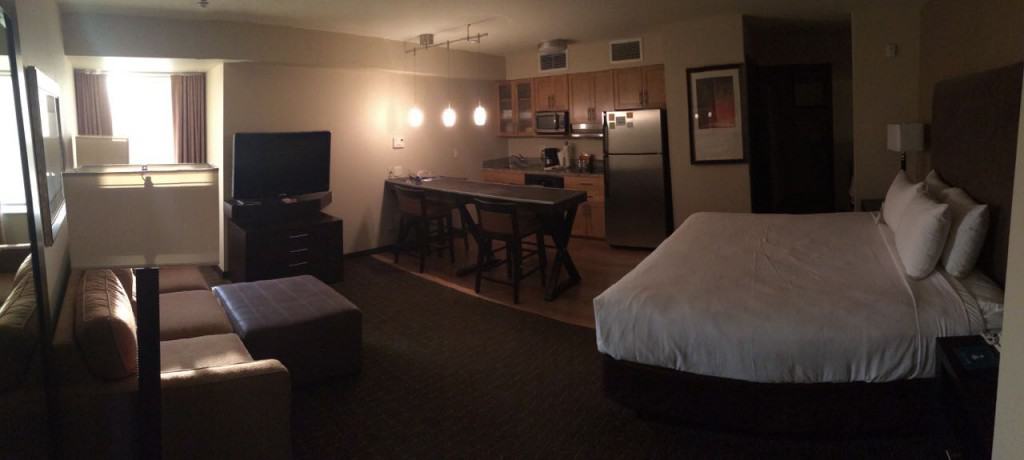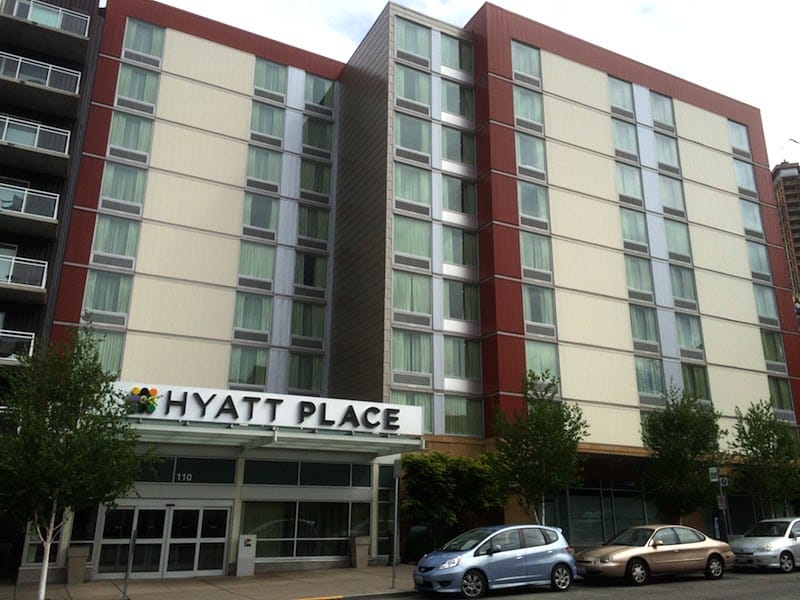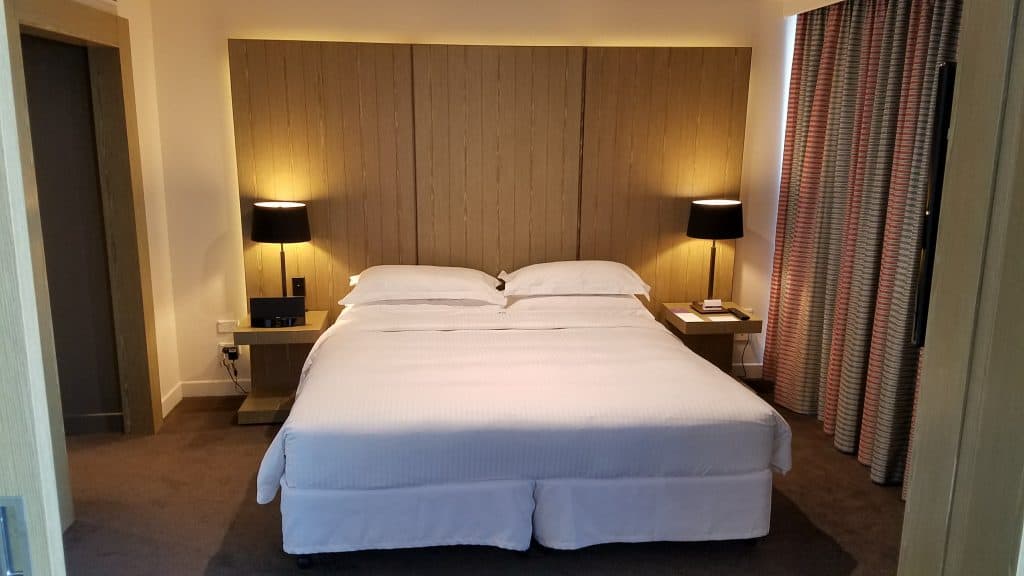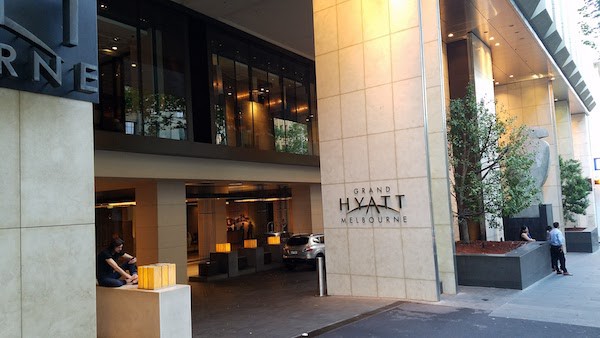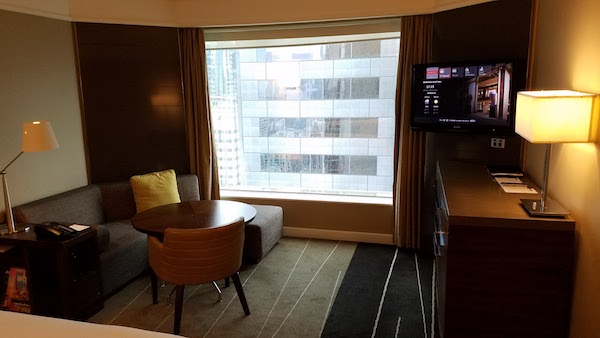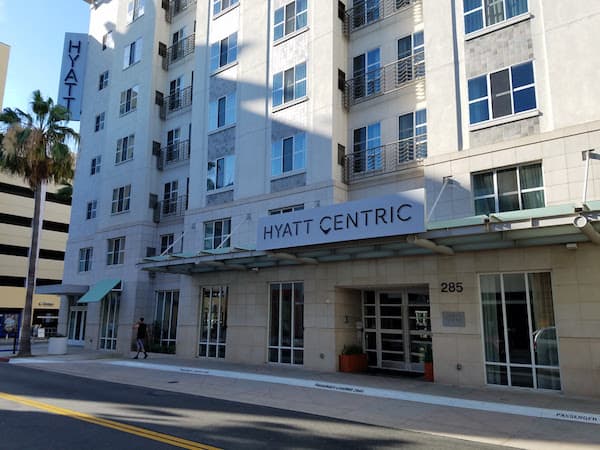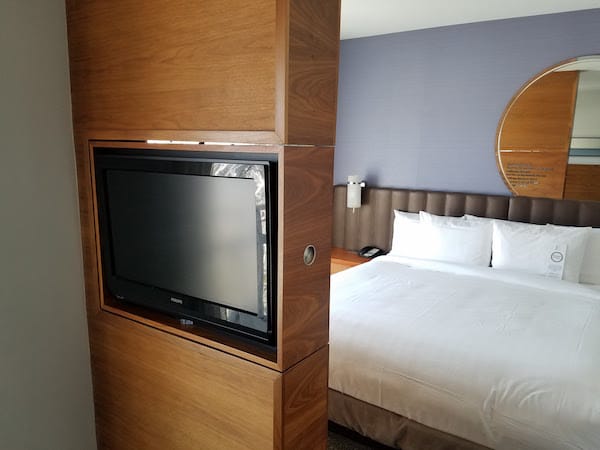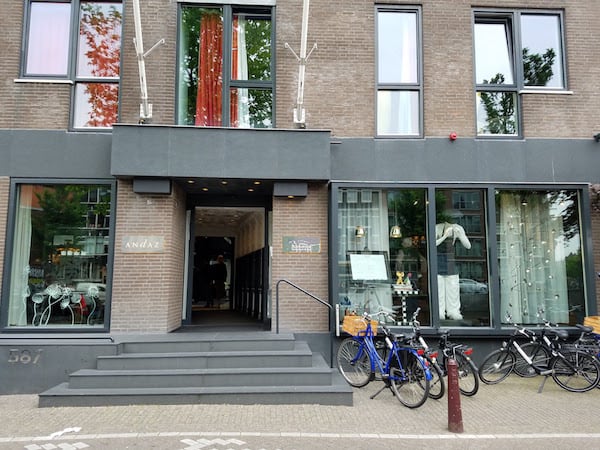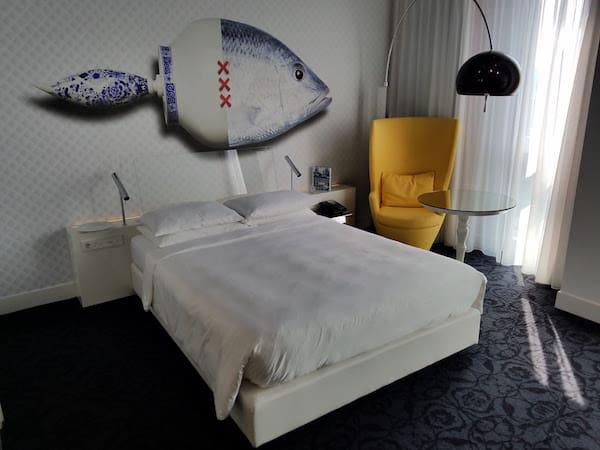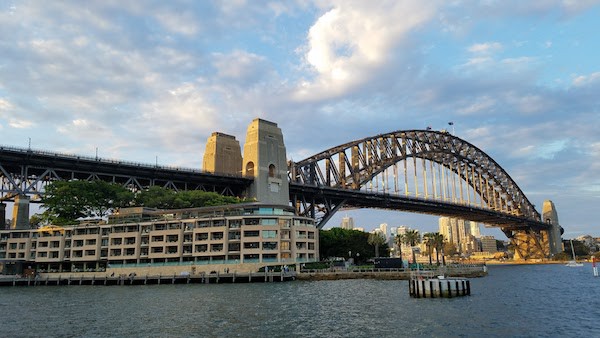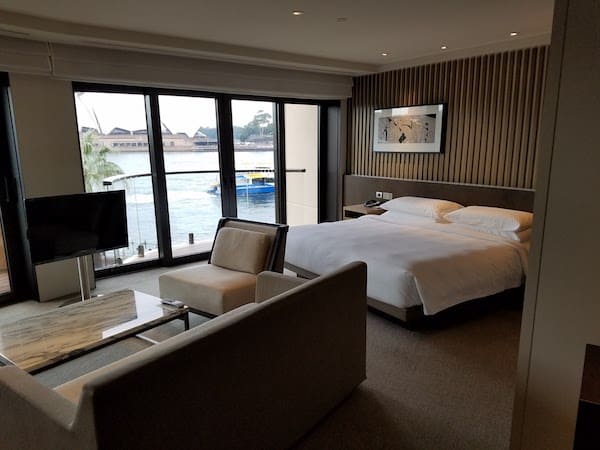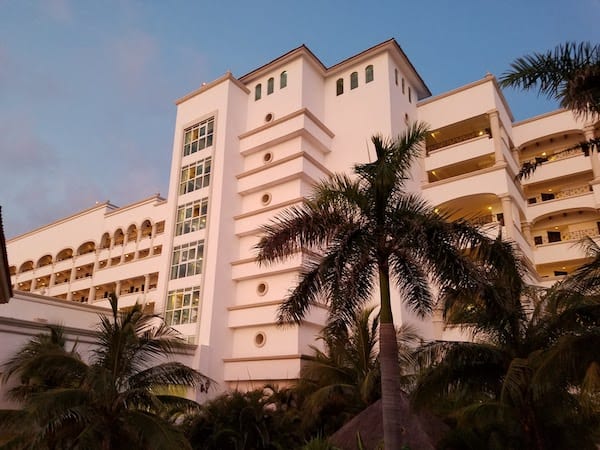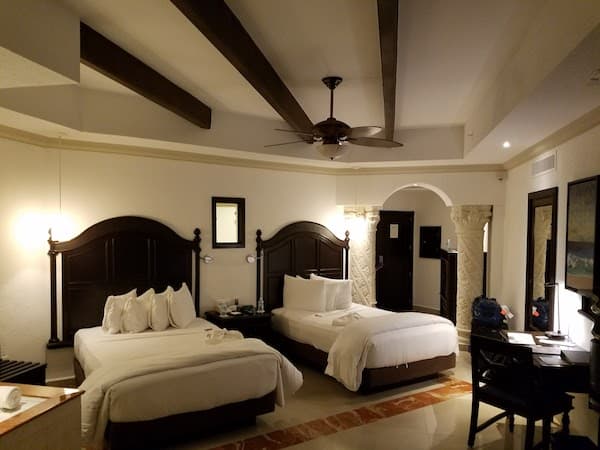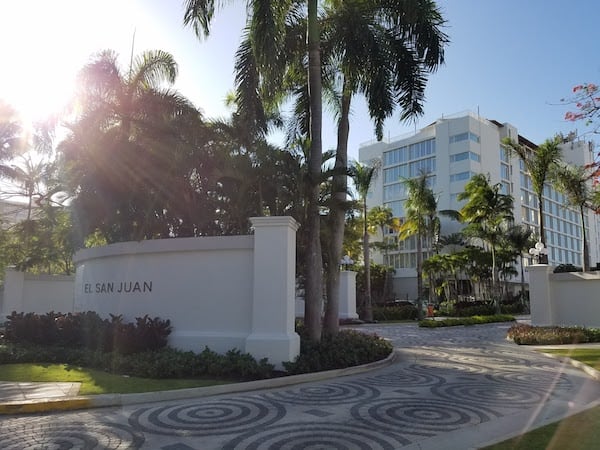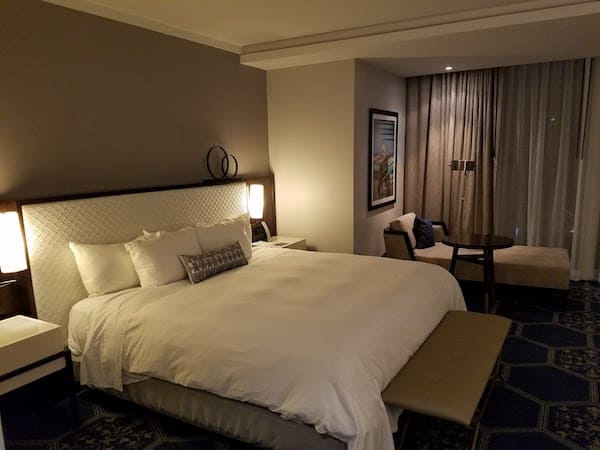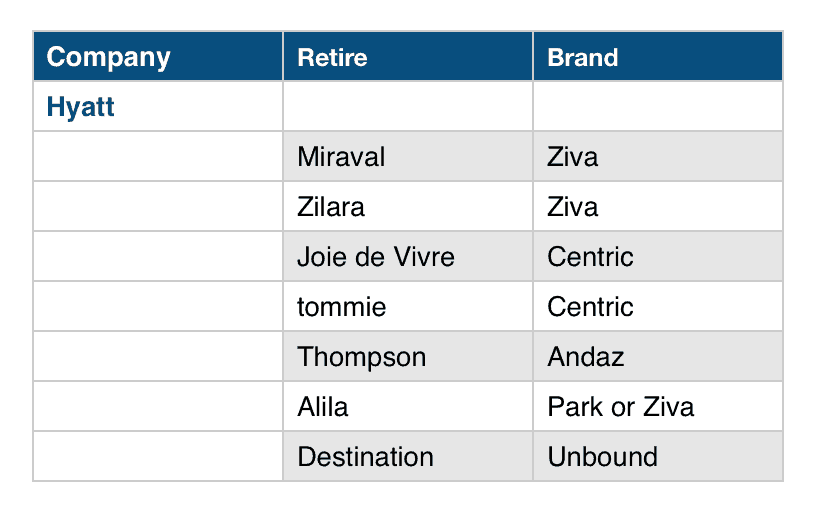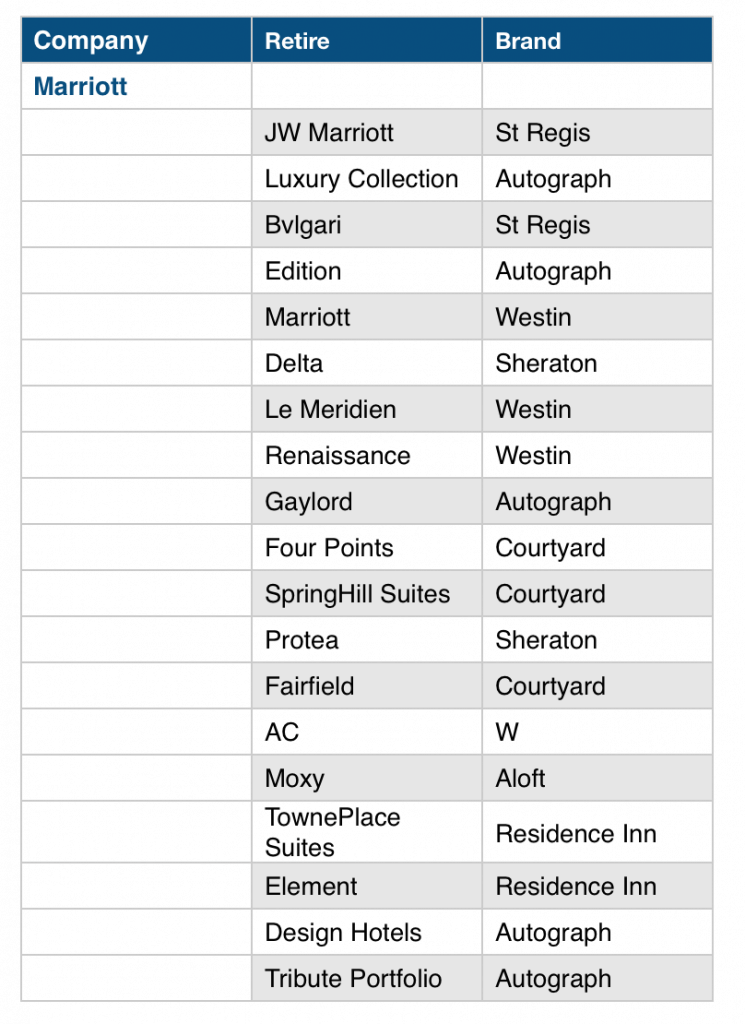Hotels Should Limit Their Brands
Today news came out that Hyatt would acquire Two Roads Hospitality. Currently Two Roads Hospitality has a portfolio of (at least) five brands: Joie de Vivre Hotels, Thompson Hotels, Destination Hotels, tommie and Alila Hotels & Resorts. Hyatt currently has 13 brands (plus exhale spa). If Hyatt keeps the Two Roads brands, that will bring Hyatt up to 18 brands. IHG has 13 brands. Hilton has 14 brands. SPG/Marriott has over 30 brands and is a complete mess.
Having a large number of brands under a parent company is a challenge for consumers. For the most part, it would seem that hotels fall into one of the categories below:
- Budget (extended stay)
- Budget (standard)
- Business (conference)
- Business (luxury)
- Modern (budget)
- Modern (hip)
- Luxury
- Resort
- Independent Collection
- Timeshare
Budget – Extended Stay
These are for the road warriors that are going to be in a location for an extended period of time. Typically these properties are suite style with a small kitchen, almost a small apartment. They might not have housekeeping every day. Many include breakfast. Examples are Staybridge Suites (IHG), Hyatt House, Homewood Suites (Hilton). I think Residence Inns and Embassy Suites also fall under this category (or one could argue they fall into Budget Standard).
Budget – Standard
These properties are basic. They often include breakfast and are a good option for those on a road trip or traveling with a family on a budget. Examples are Holiday Inn Express (IHG), Hyatt Place, Hilton Garden Inn.
Business – Conference
These brands are typically large properties in an urban setting near a conference center. Rooms are standard with not many extras. Examples include Crown Plaza (IHG), Hyatt Regency, Hilton, Sheraton.
Business – Luxury
These are similar to the conference branded hotels but with a few more amenities. Examples include InterContinental, Grand Hyatt, Conrad (Hilton), Westin.
Modern – Budget
These are relatively new brands. They are trying to reach out to the younger (millennial) traveler that are still budget conscious. They try to incorporate tech and open debate on the use of capital letters. Examples include Avid (IHG), Centric (Hyatt), tru (Hilton), Aloft (SPG/Marriott).
Modern – Hip
These are higher end hip properties that focus on amenities and the look of the lobby and rooms. They often incorporate modern touches and unique artwork. Examples include Kimpton (IHG), Andaz (Hyatt), Canopy (Hilton), W (SPG).
Luxury
These are the top of the line, flagship brands for the company and a price to match. Examples include Park Hyatt, Waldorf Astoria, St. Regis.
Resort
Honestly not sure that there should be a separate resort brand, but a good number of companies have them. They are typically large properties in leisure locations (Hawaii, Mexico, etc). Examples include Holiday Inn Resorts, Ziva/Zilara (Hyatt).
Timeshare
I hate these brands and wish they would go away. But companies must have a reason for keeping them. Typically they require a buy in and/or annual dues that include a week or so a year at a discounted or inclusive rate. Examples include Hyatt Residence, Holiday Inn Club Vacations, Hilton Grand Vacations.
Independent Collection
A tenth “non-brand” brand also seems a lot more common. These are for more independent properties that want to be flagged under a big name company. Examples include Curio (Hilton), Unbound (Hyatt), and Autograph (Marriott). This brand seems like a cheat to me; you really don’t know what you are going to get in terms of quality. I would suggest re-branding most of these properties under one of the 9 categories above.
I believe that most, if not all, brands could fit into one of these ten categories. So why are companies trending towards more and more brands?
I think part of it is because of the increase in recent acquisitions. When Marriott acquired SPG, the SPG branding was of high value. It didn’t make sense to retire Westin in favor of Marriott branding. One of the reasons for a company to acquire another is because of the value of the brand. Kimpton is a great example of this.
Moving forward, I think hotel companies need to make some tough decisions about their branding or risk alienating their customer base. 30 brands is not sustainable.
I believe in the value of simplicity. For a long time, Apple set themselves apart as a computer company by simplifying their product names. Instead of 30 different variations of desktops, the line included the Mac Mini, iMac and Mac Pro. Their laptop line was MacBook, MacBook Air and MacBook Pro. There were different configurations, but you generally knew what you were getting.
I think hotel companies would be wise to follow this strategy and limit their branding to 8-10 well defined, well recognized brands.
Here are my suggestions for what brands each of the four main hotel companies should keep (I don’t know Marriott/SPG as well, so feel free to suggest changes):
And I would suggest retiring the following brands (brand in the middle column becomes brand on the right):
What do you think? Does it make sense for hotels to limit their brands? Or is it okay to have an unlimited number of brands?
